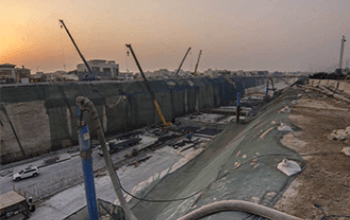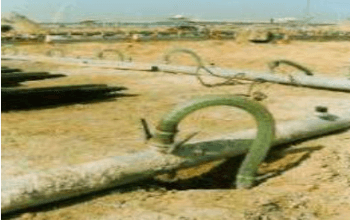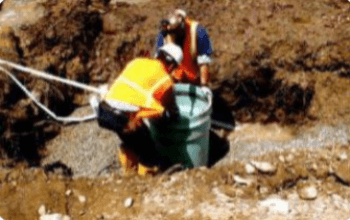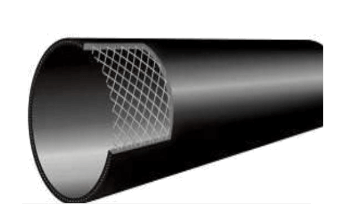HRRL - HPCL Rajasthan Refinery Limited
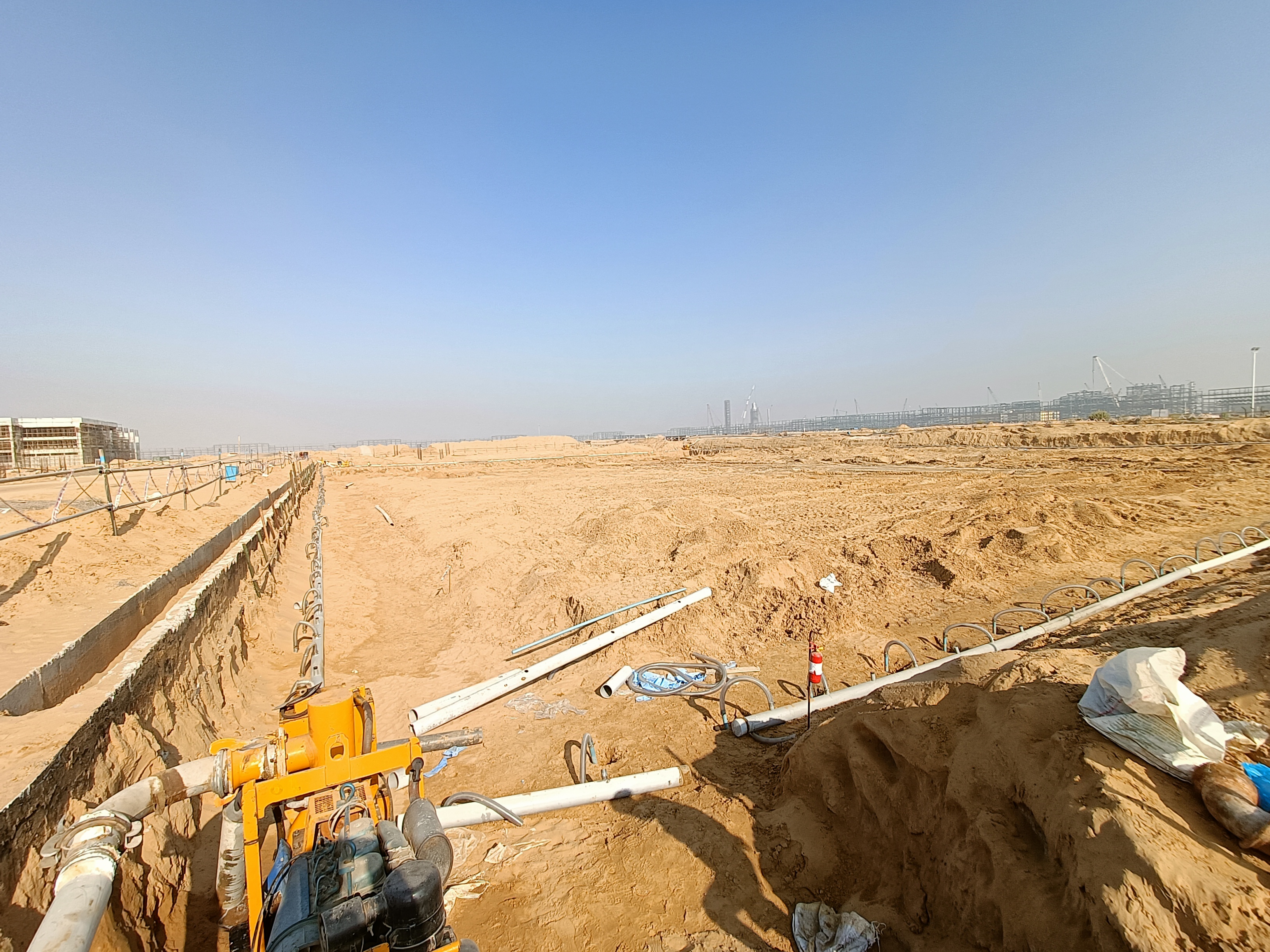
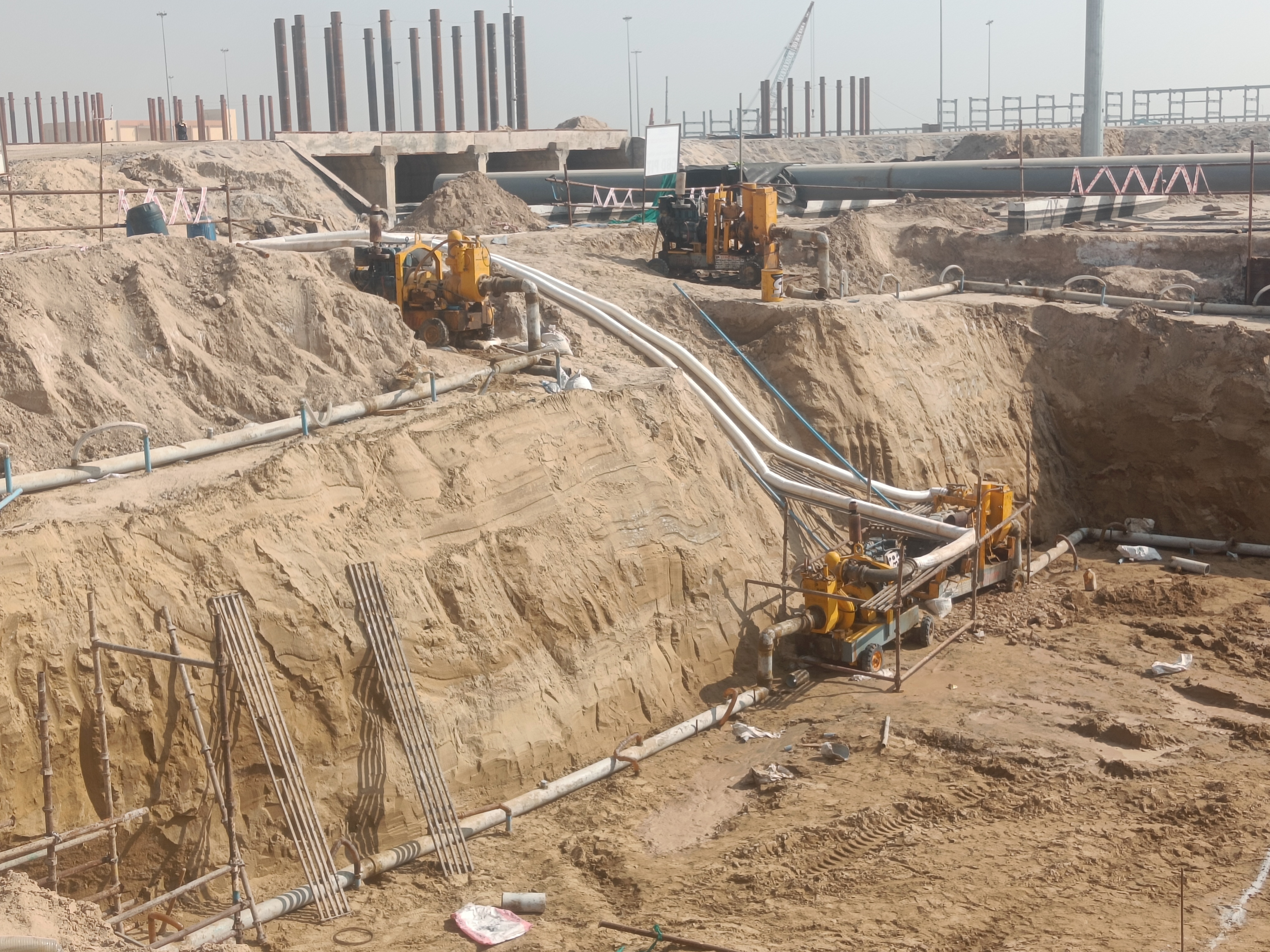
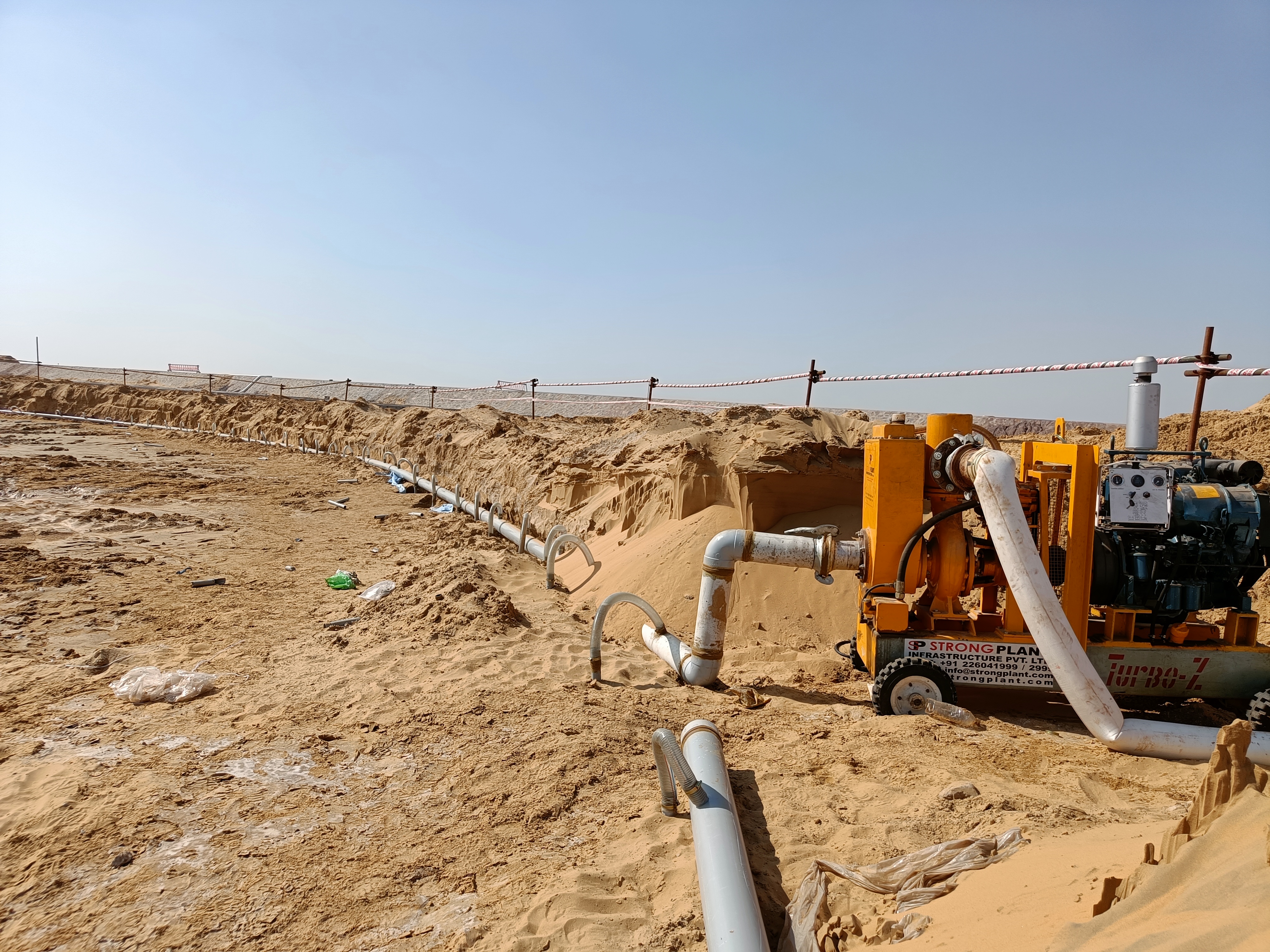
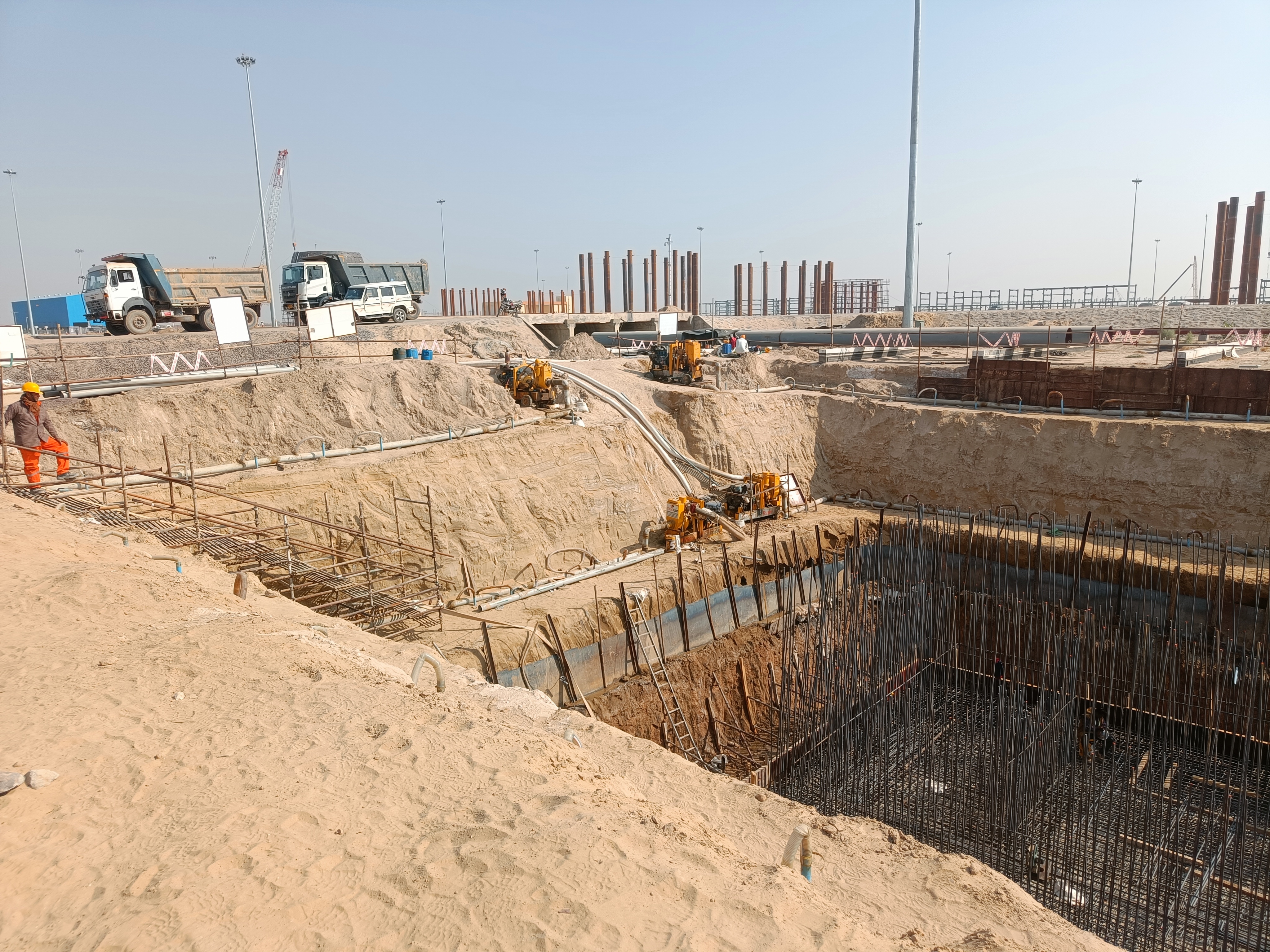
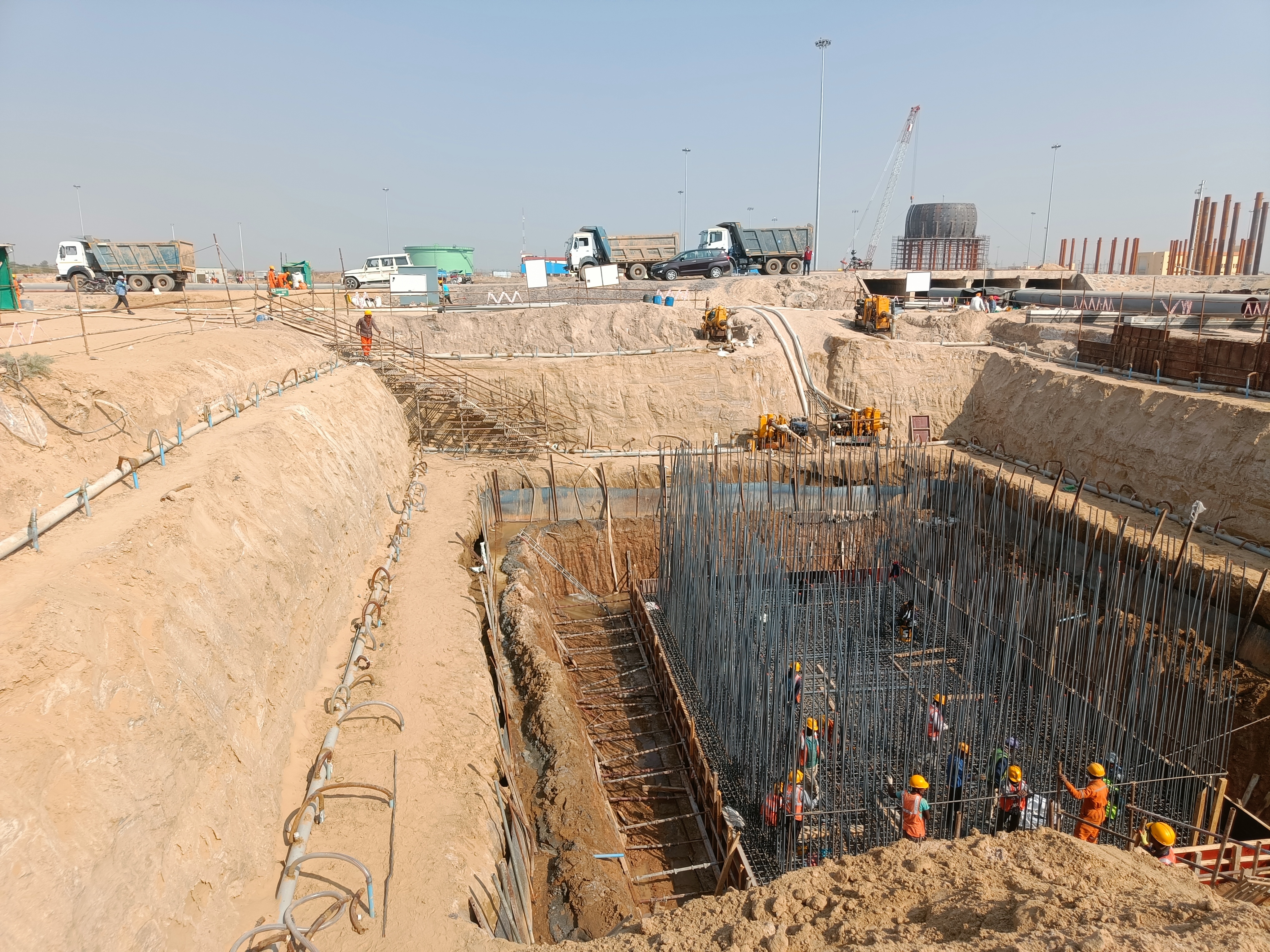
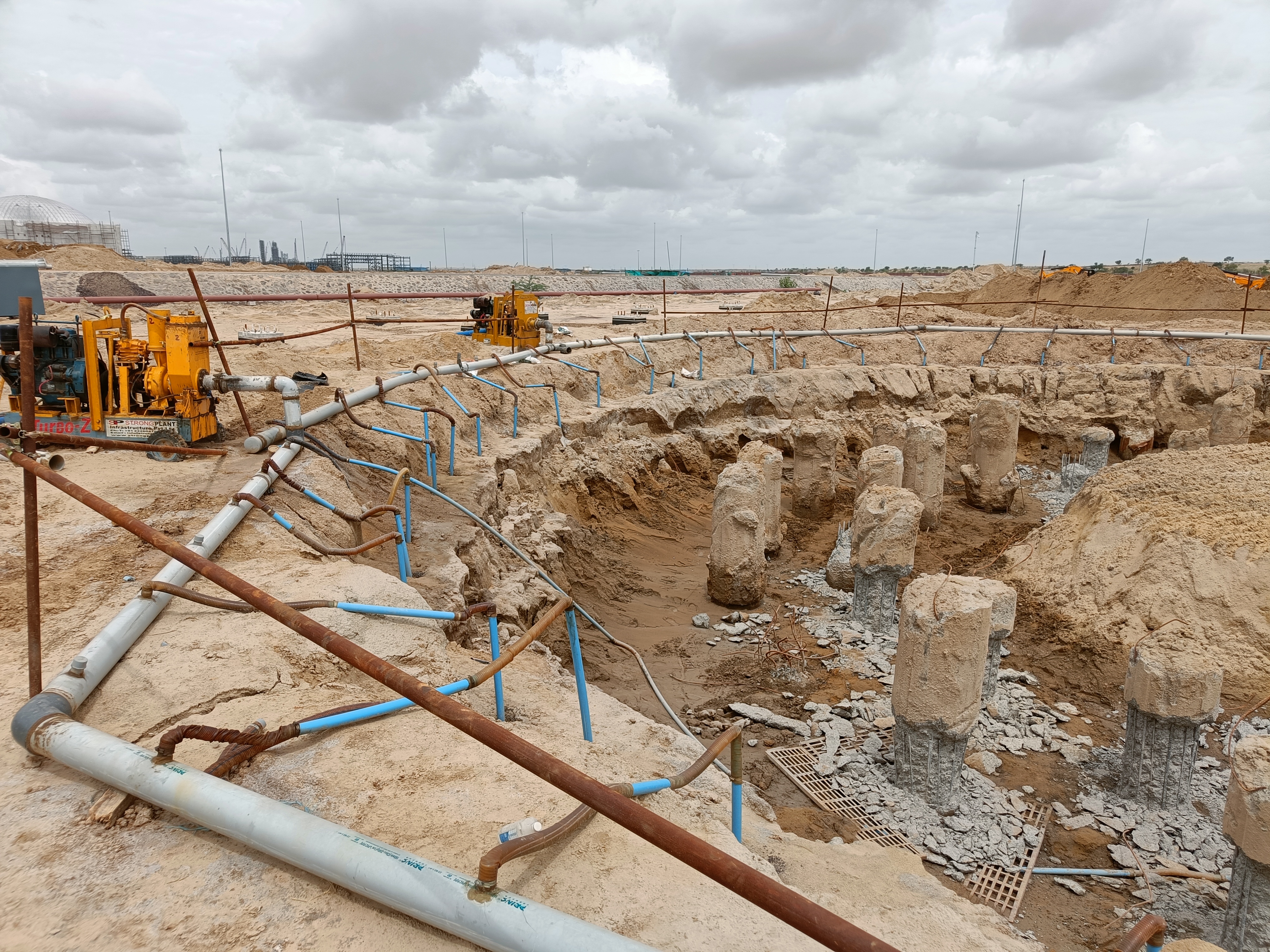
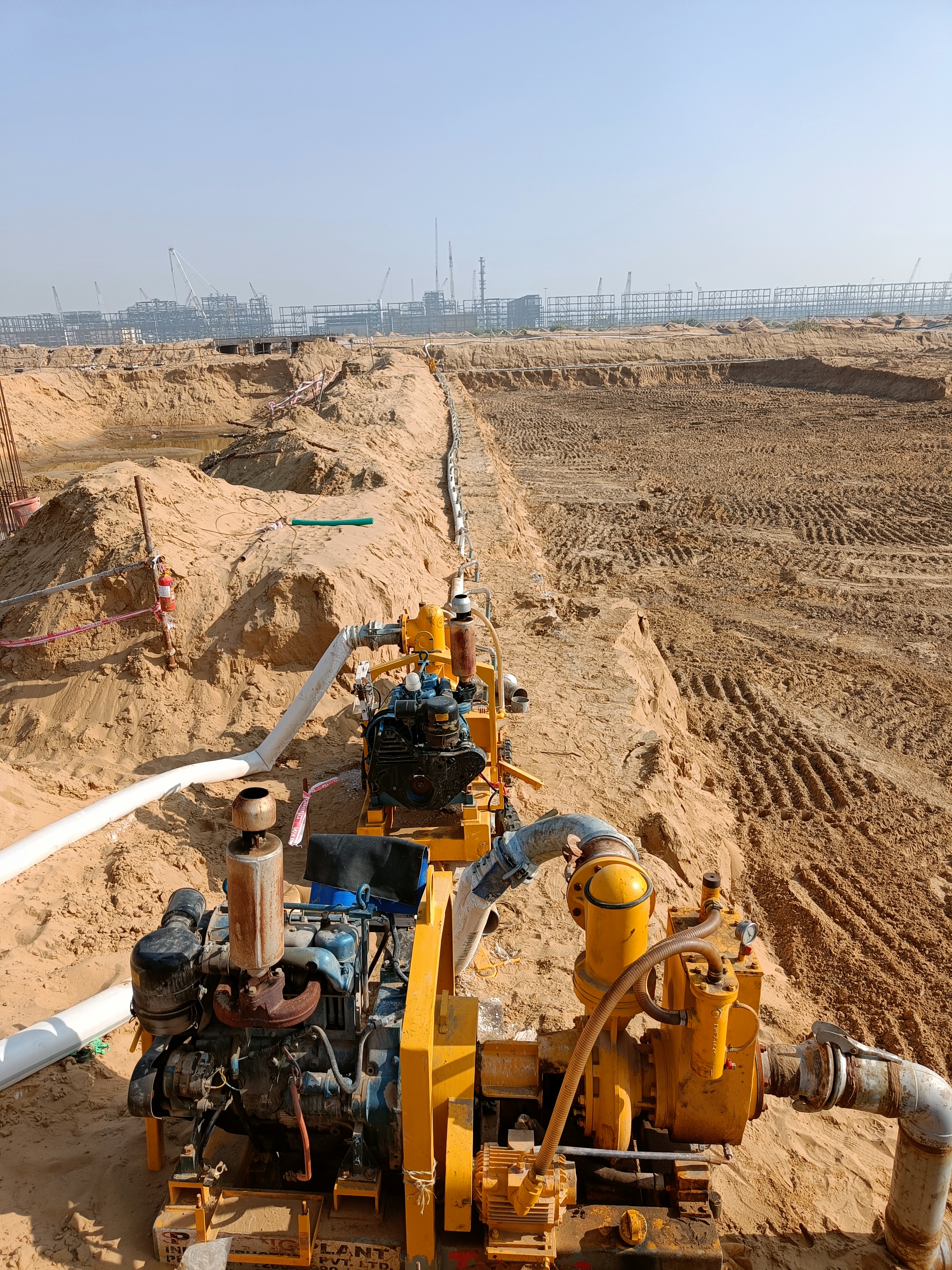
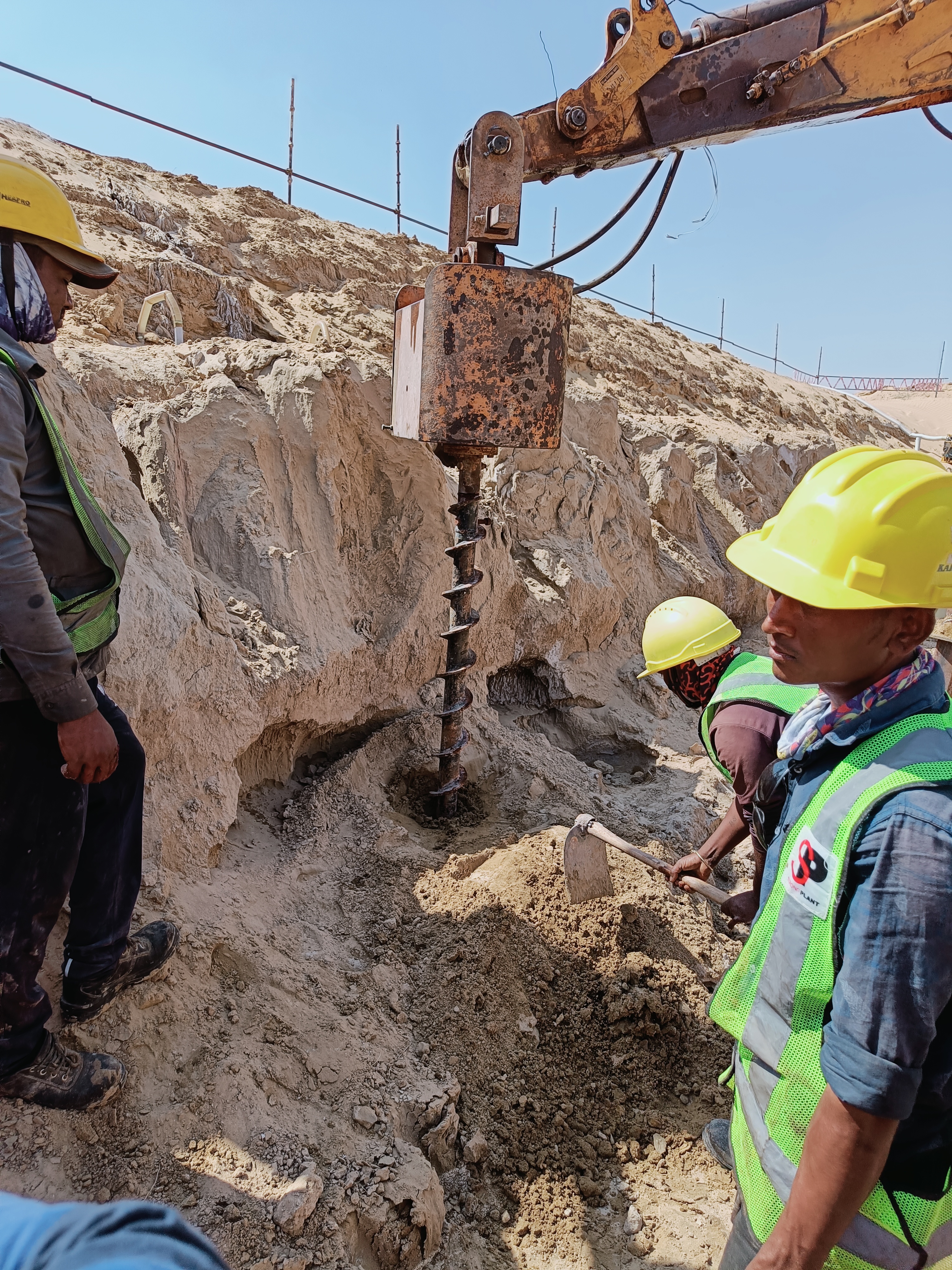
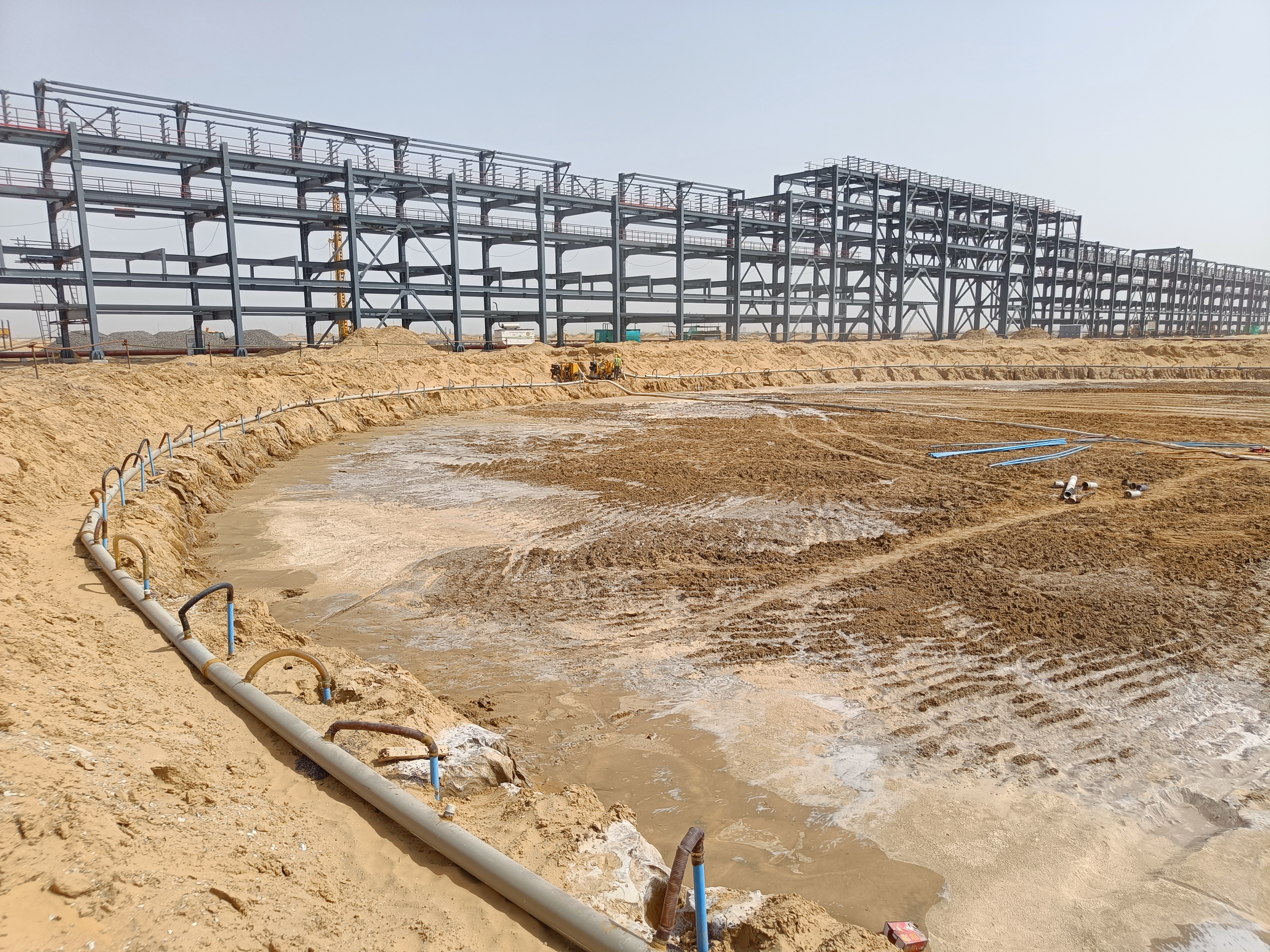
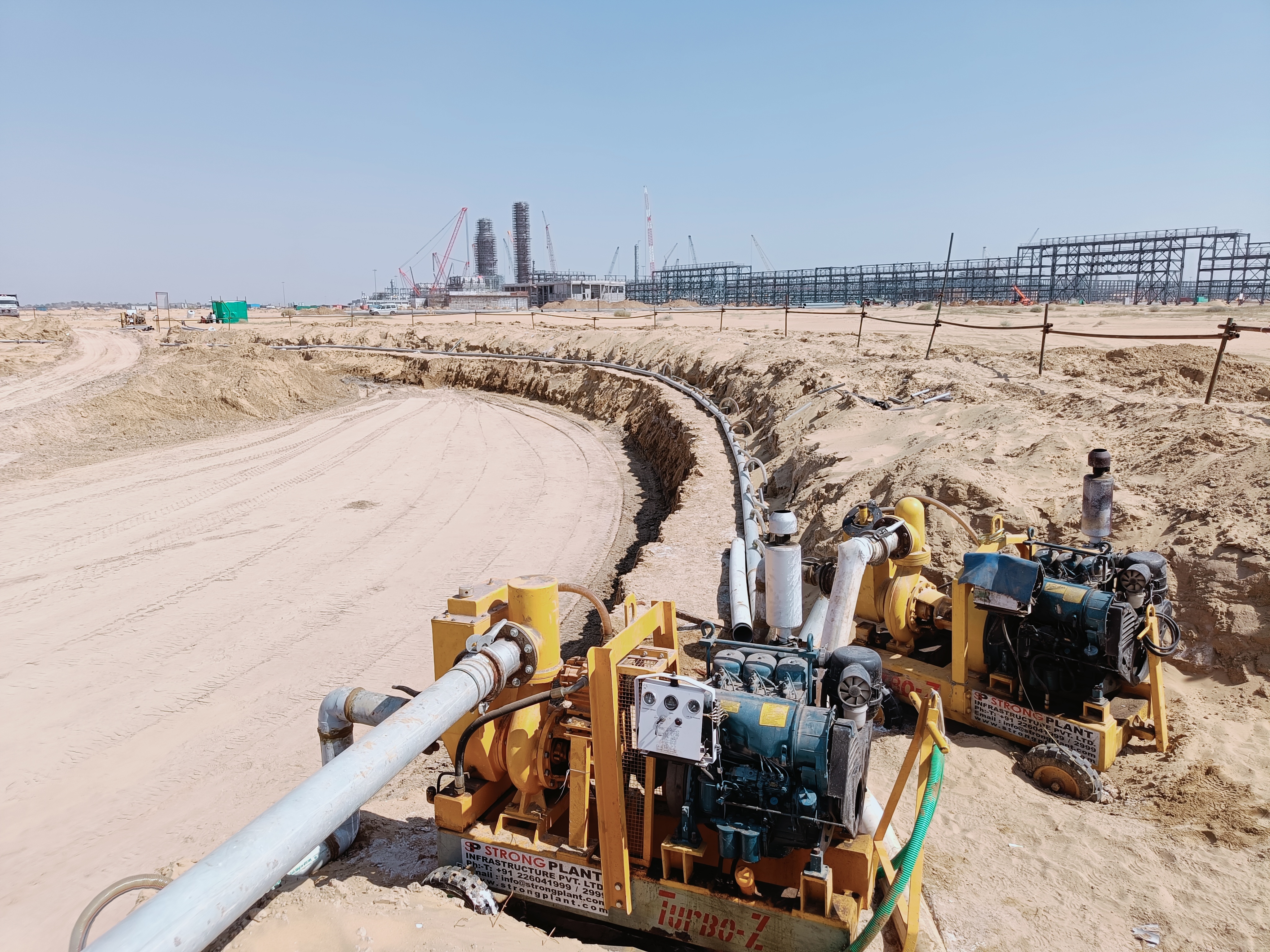
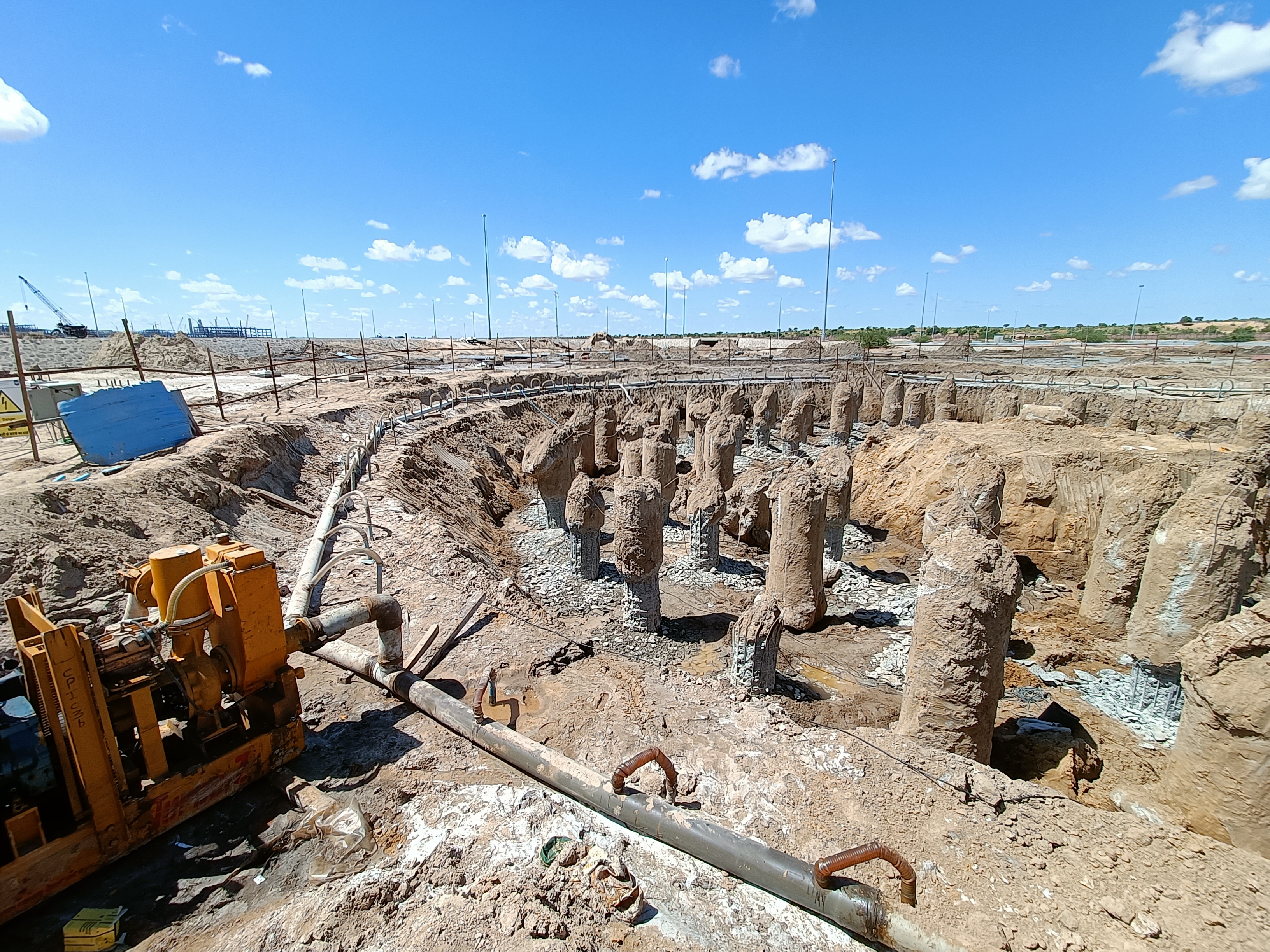
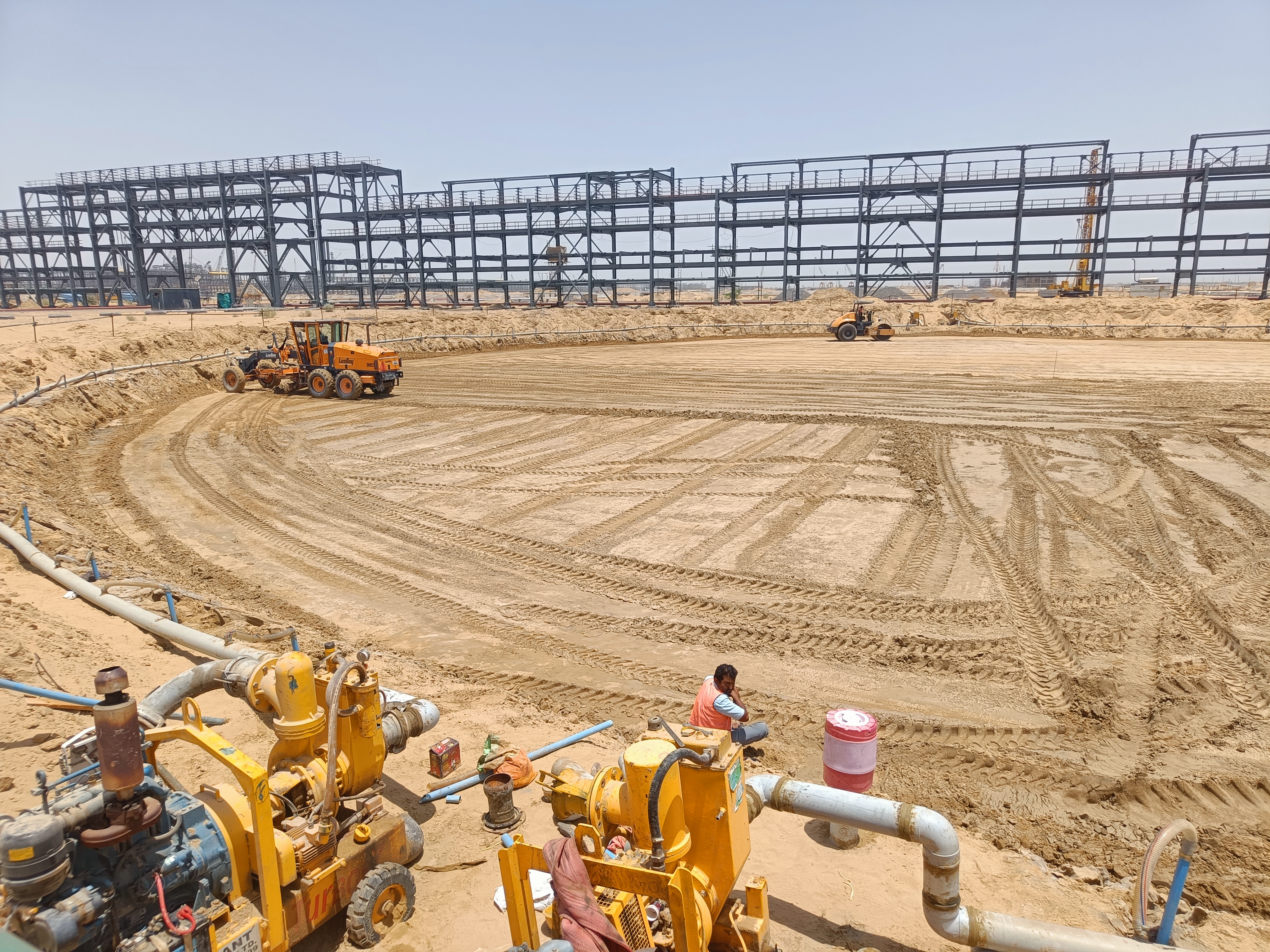
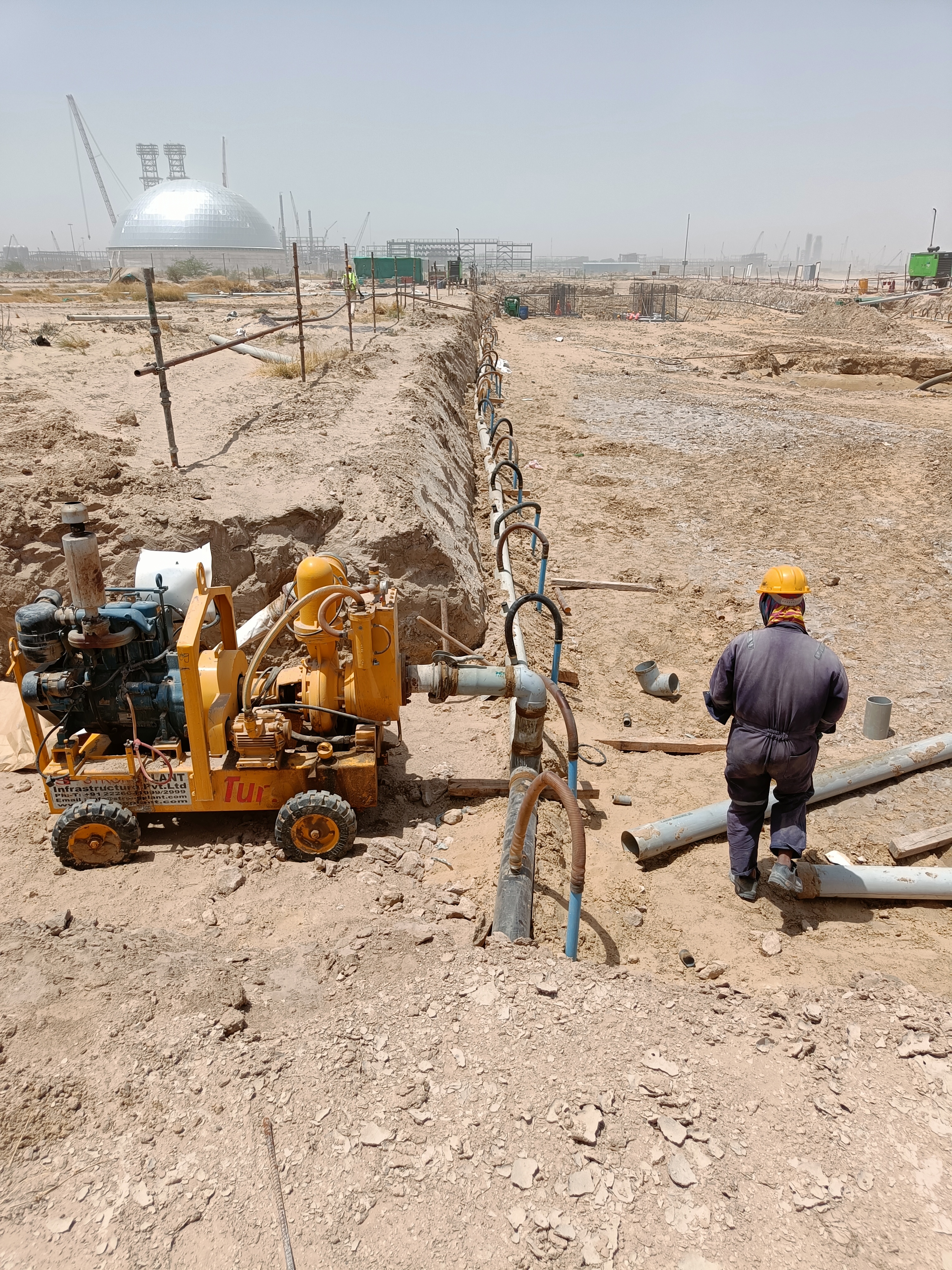
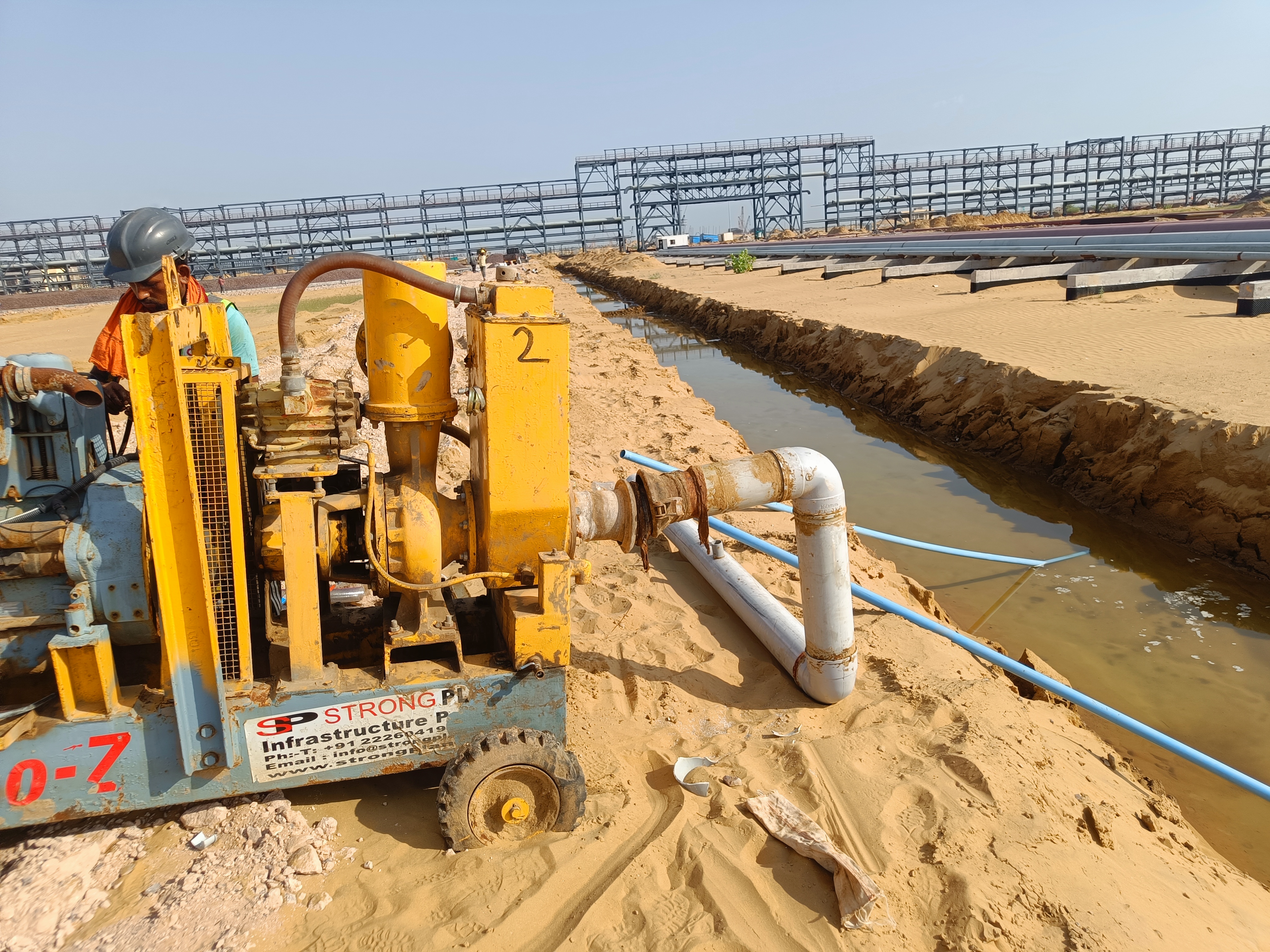
Dewatering
StrongPlant is
- A leader in design, execution & turnkey sub-contracts for dewatering & drainage projects
- Experts in supply & execution of wellpoint, deep well, trench/French drain dewatering systems
- Pioneers in dewatering technology & services
Dewatering services offered by StrongPlant focus on the removal of groundwater to a level below the normal water table to enable excavation and construction.
Dewatering involves expertise in the design since various regions can have extremely tough soil conditions. It also involves use of highly skilled resources, technology & application. Technical evaluation, design and planning are extremely critical before the actual execution.
24x7 operations & support during dewatering activities are also a key part of the service provided. Dewatering projects in the Middle East have been very significant because of the construction of tall buildings with basements up to 4 levels deep. Even for the smallest structure, the digging / excavation below ground is not simple due to subsoil / ground water table which can be from 50 cm below ground to 3 m. Dewatering design, planning, technical skills are very critical in this field especially in the Middle East due to highly permeable sandy strata. For such tall structures the duration of dewatering period can be from 3 months to 2 years required for 24x7 x 365 days NON-STOP to control the water table level and keep the area for construction dry. In case of stoppage & failure, it can create disaster, hence the criticality of ensuring projects & operations management during this period for every project
Types of dewatering carried out include
- Deepwell
- Wellpoint
- Sumping dewatering system aided by French drains/trenches
The design & planning for the dewatering system at each project site is the most critical activity which includes a series of activities
- The soil investigation report plays a key role in the design & planning of the dewatering activities
- The planning for dewatering activities are also based on the data made available (size of the plot, maximum excavation, water table, ground level, type of shoring). Based on the excavation limits for the proposed structure & maximum excavation BGL identified, the maximum lowering BGL of the groundwater is planned for at the deepest area before the installation & operation of the dewatering system
- The type of dewatering method to be used is also planned during the initial planning stage
- Layout, power, people, procurement, accessories, transportation, operations & support are also key aspects covered in the planning
Implementation & operations also involve
- Working with clients, contractors, projects managers, consultants
- Ensuring safety & quality
- Ensuring permission to discharge ground water from the site with planned dates for the activity, number of discharge pumps, number of wellpoints, rate of pumping, number of discharge pipes, size of discharge pipes
- Ensuring proper maintenance & adjustment of the dewatering facilities required to enable site work & provide for proper site safety red Mobilizing & installation of casing (including X” x Y mtrs PVC screen pipe, labours, metal clamping, transportation)
- Enabling all structure / foundation works including pile cap, lift pit, sump pit, water tank etc
- Complete installation of dewatering systems including pumps, pipes, supports etc
- Connections to existing outlets
- Running of dewatering system during the duration of the enabling work packages
- Running & maintaining the dewatering system during the construction of the substructures
- Demobilization of the dewatering system

